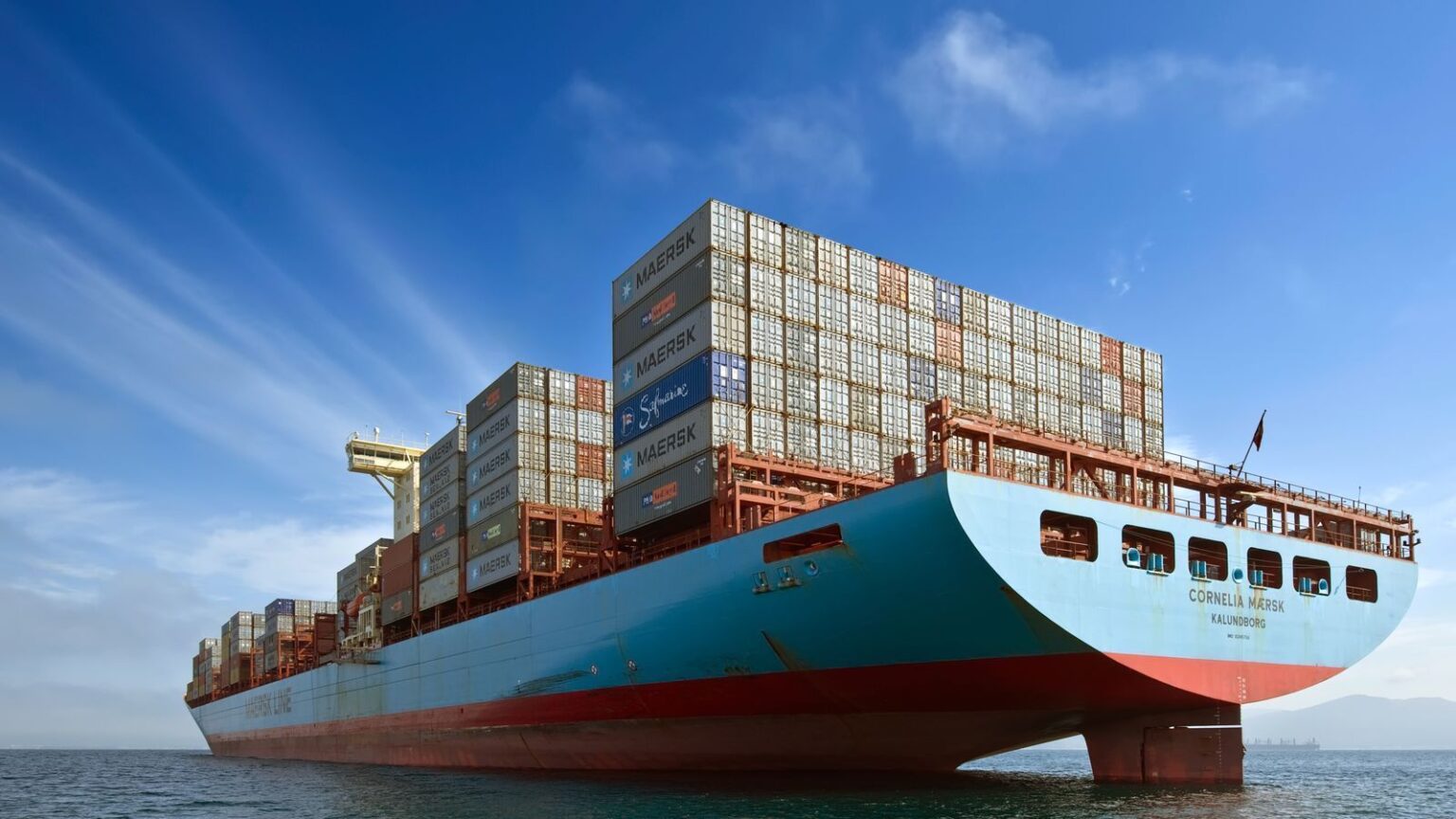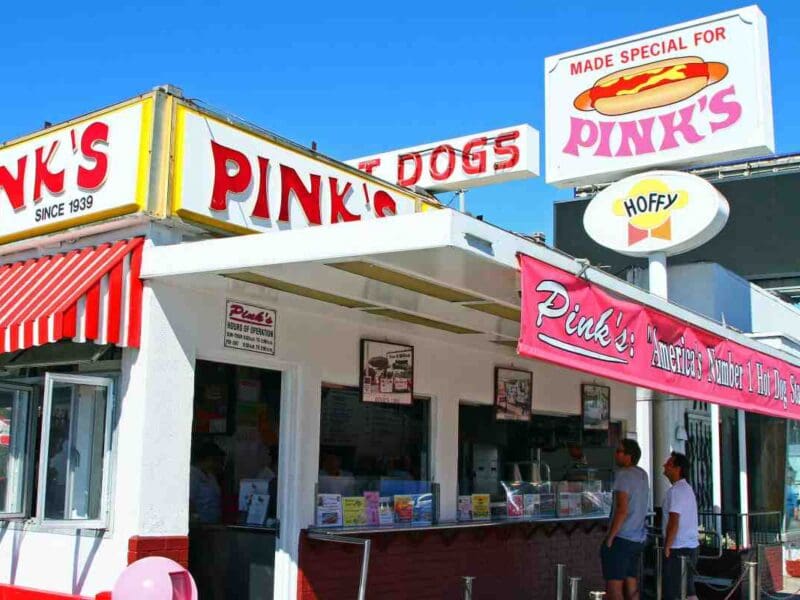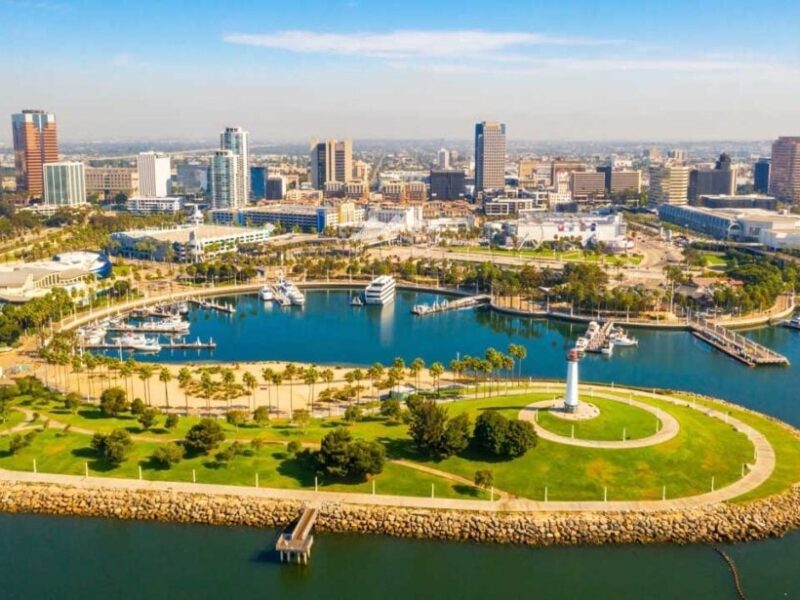
Is the Southern California shipping backup becoming the next Suez Canal?
Last week, a giant container ship blocked the Suez Canal for days on end and caused the loss of billions of dollars. Now, history seems to be repeating itself with another ship – this time blocking the waters of Southern California. Could this new incident be more destructive than its predecessor? Here’s everything we know about the catastrophic event so far.

What went down in Southern California?
According to the Marine Exchange of Southern California, twenty-four container ships were waiting for spaces in the ports of Los Angeles & Long Beach. These ships were carrying millions of dollars worth of products, including washing machines, consumer electronics, medical equipment, and other goods.
But these ships are stuck in a traffic jam that doesn’t seem like it will be moving anytime soon, and as it builds up each day, the economy suffers. One is on its twelfth day of waiting, with no concept of how long it will be until they’re on the move.
Port of Oakland spokesperson Marilyn Sandifur stated the jam in Southern California’s ports correlates with an increase of spending. “The surge in e-commerce has significantly increased the volume of incoming cargo,” she said. “We’ve got 20% more vessels coming in over the last month, with six to a dozen vessels in the San Francisco Bay waiting to dock up for up to seven days.”

When did these backups start?
Although the backups are currently in the spotlight because of the Suez Canal crisis, they have actually been an issue since late summer 2020. The issue only increased toward the end of the year, according to The Wall Street Journal, as manufacturers attempted to resuscitate markets that had suffered during the COVID-19 pandemic.
Mario Cordero, the executive director at the Port of Long Beach, explained the situation in January of 2021. “Huge numbers of medical supplies keep on coming along with furniture, appliances, construction material, landscaping, hot tubs, and anything related to the outdoors,” he said. “The Americans that have not been impacted by Covid will continue to spend and the surge could go on through late spring.”
Abbie Durkin, the owner of Palmer & Purchase women’s clothing and accessories shop in Rye, N.Y., explained what the issue looks like on the retailer’s side. “There’s been all kinds of supply-chain problems affecting us directly for the past year”, she said. “We had a popular sweater that we had pre-sold which was coming in from a vendor in Los Angeles who imported from China and with the bottlenecks it never came through.”

Why are the Southern California backups such a big deal?
Together, the Los Angeles & Long Beach ports handle over a third of container imports in the U.S. Because of the shipping hold-ups, global supply-chains are suffering greatly, including Toyota Motor Corp., Honda Motor Co., and Samsung Electronics Co. Toyota & Honda even recently announced that they would be halting their North American productions for the time being.
One major issue according to the Pacific Merchant Shipping Association is that, even after products are imported, they often have to wait over five days until they are actually unloaded.

Is there an end in sight?
Though many experts are looking to solve this problem, some are worried that a spending trajectory will continue upward, and subsequently cause more and more shipping backups.
Lars Jensen, chief executive of Copenhagen-based SeaIntelligence Consulting, explained that the new stimulus check might add fuel to the fire. “The big question is”, he explained, “will the Americans spend their new stimulus checks? If they continue buying stuff instead of travelling or going out to restaurants, then the bottlenecks can get worse.”







